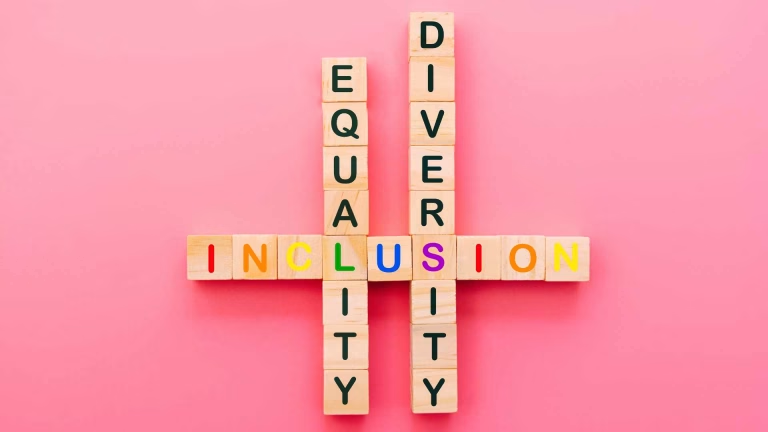The terms Equity, Diversity, and Inclusion (EDI) have become increasingly prominent in discussions, especially since Trump got into power last month. Despite the growing number of debates about EDI, a fog of misconceptions often obscures them, especially when discussing meritocracy. As an EDI consultant, I have witnessed first-hand the confusion and, at times, outright opposition stemming from these misunderstandings (the joy of LinkedIn!). It’s time to clarify what EDI entails, particularly its nuanced relationship with meritocracy.
The Personal Anecdote: A stark example of misconception:
“Did you get the job because you’re a woman?” ‘How did you get this job?” These questions, posed by journalists upon my appointment as a director, show the very essence of the problem. These are questions my male peers were never subjected to, a subtle yet powerful illustration of the biases that EDI aims to dismantle. Imagine, just for a moment, the absurdity of asking, “Did you get the job because you’re a man?”. Well, it is as absurd and even more offending to ask this question to women and minorities.
Myth 1: EDI is positive discrimination.
- The Myth: Many believe that EDI is synonymous with positive discrimination, where individuals are hired or promoted solely based on their identity.
- The Reality: EDI is fundamentally about creating equitable systems. It’s about levelling the playing field, ensuring everyone has a fair chance to succeed, regardless of their background. It’s about removing systemic barriers that prevent certain groups from reaching their full potential.
Myth 2: Collecting diversity data equals hiring based on identity.
- The Myth: Some argue that gathering data on diversity is a precursor to hiring quotas based on identity.
- The Reality: Data collection is essential for understanding representation and identifying systemic inequities, such as pay gaps or promotion disparities. What organisations do with that data is crucial and varied. For example, this data can be used to inform strategic decisions, identify areas for improvement, and track progress over time.
Myth 3: The “They only got the job because…” narrative.
- The Myth: The pervasive narrative that women and minorities are hired solely due to their identity, disregarding their qualifications/experiences.
- The Reality: This narrative is a microaggression, often rooted in unconscious bias and a lack of familiarity with diverse representation in leadership roles. We did not have to wait for EDI to become a focal point, for women and minorities to frequently face this suspicion, regardless of their proven abilities. This is also called ordinary sexism, ordinary racism and ableism.
Myth 4: EDI undermines meritocracy.
- The Myth: That focusing on EDI means abandoning the principle of meritocracy, where the best person for the job is always selected.
- The Reality: EDI enhances meritocracy. True meritocracy can only exist when everyone has equal opportunities. If systemic barriers prevent qualified individuals from certain groups from progressing, the talent pool is artificially limited. EDI aims to remove those barriers, allowing the best individuals, regardless of background, to rise.
Shifting the focus: From “Why are they here?” to “How can we all thrive?”
The core of EDI lies in shifting the focus from questioning an individual’s presence to creating a system where everyone can thrive. It’s about recognising that meritocracy can only function when everyone starts from the same starting line. EDI acknowledges that some individuals face greater barriers than others, and it strives to dismantle those barriers.
EDI and Meritocracy: not mutually exclusive, but interdependent:
EDI is not at odds with meritocracy; rather, it’s a necessary prerequisite. True meritocracy can only exist when everyone has a fair chance to make it!
Moving beyond misconceptions requires us to pause, reflect, and create an open dialogue and commitment to understand one another. Let’s create truly inclusive workplaces. I am here to support you on this journey, so don’t hesitate to reach out and discuss.
Léa
PS: you can go further by reading this interesting article about whether we are in a meritocratic society!



